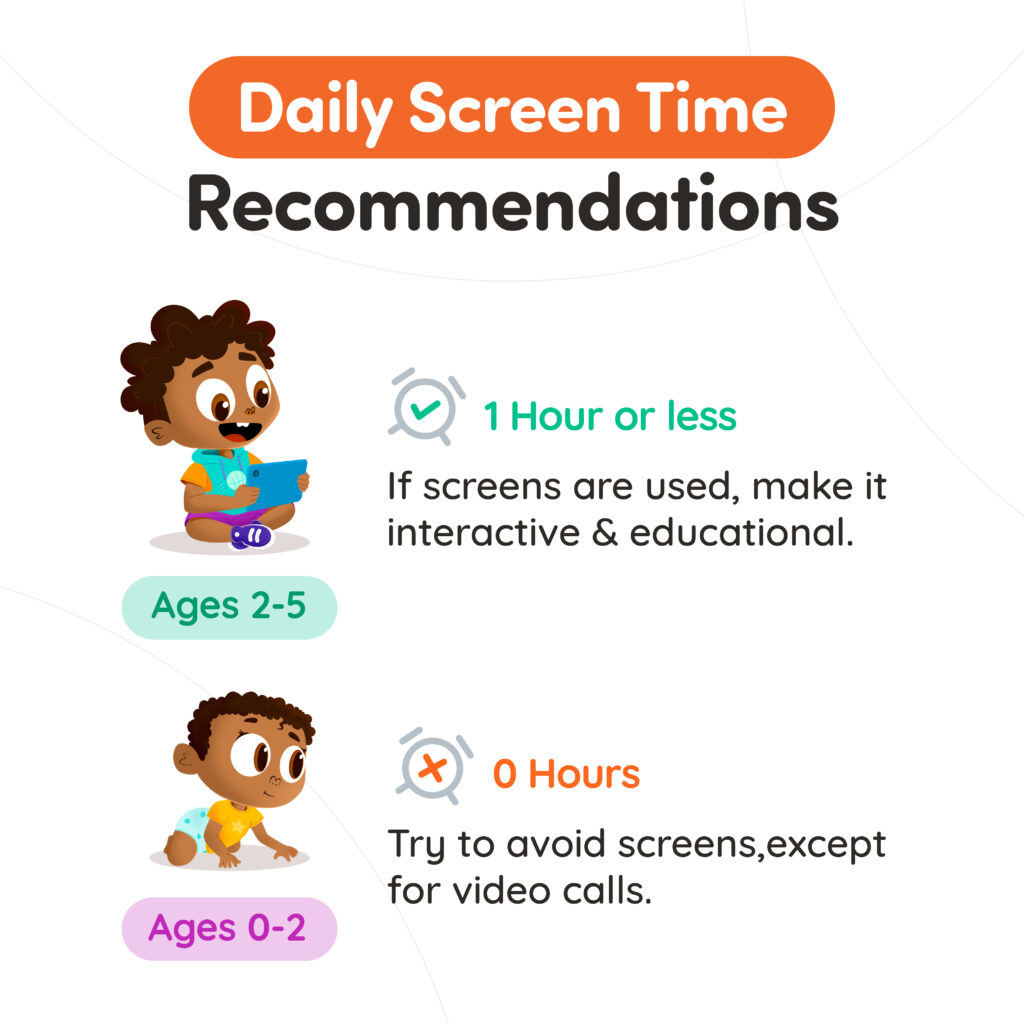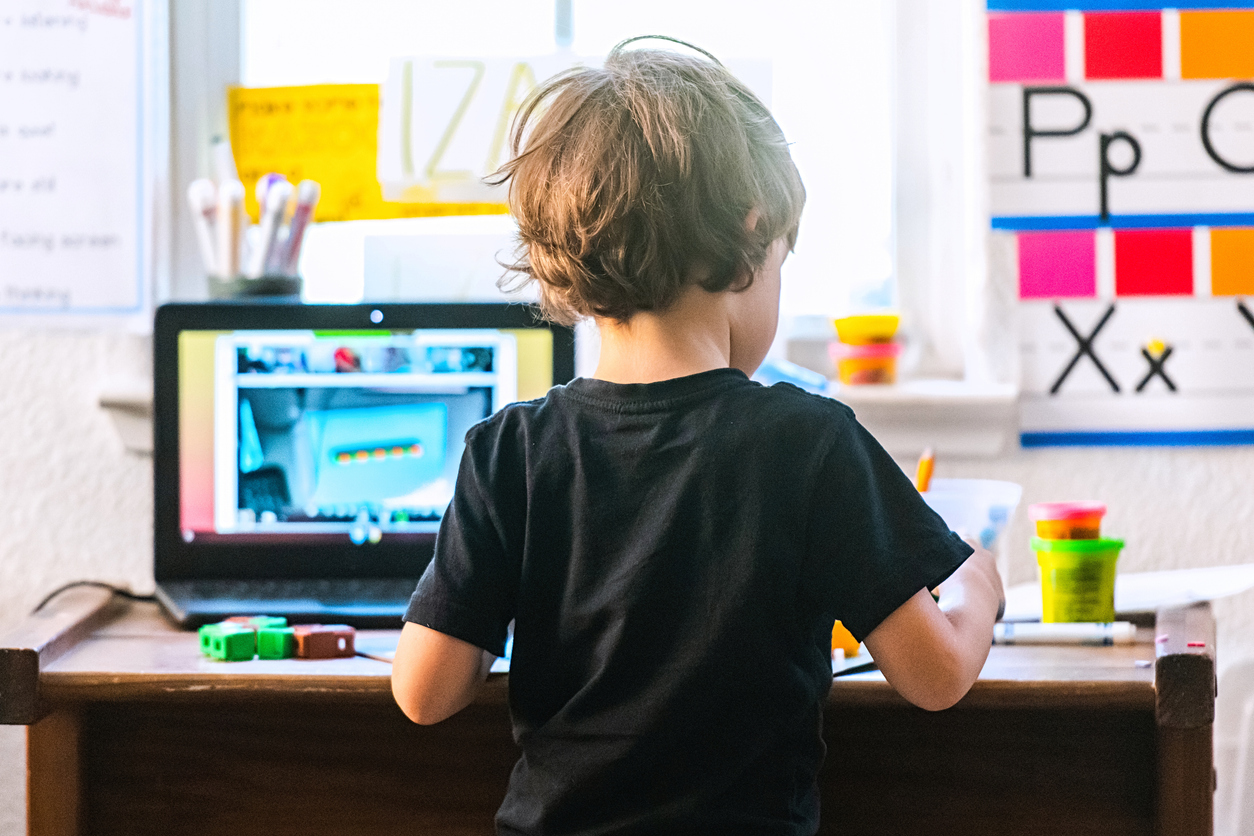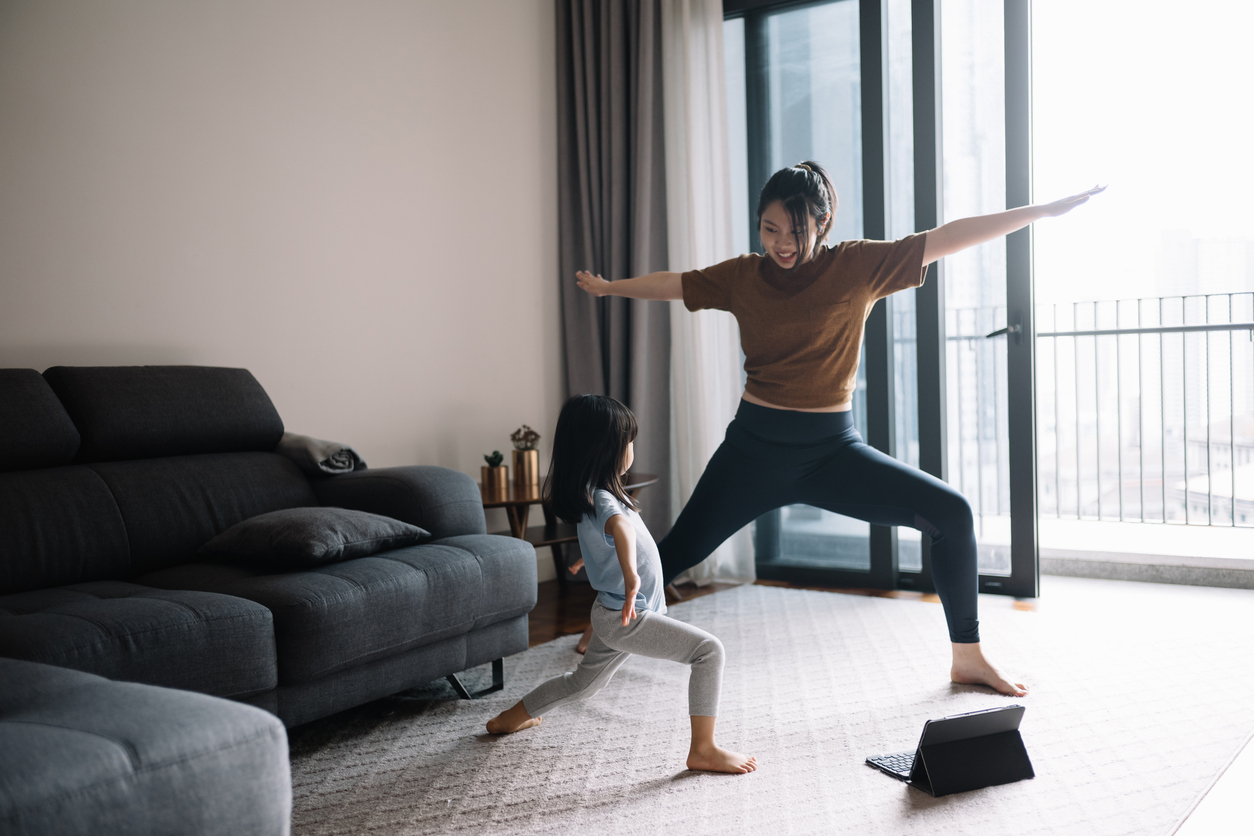How Much Screen Time for Kids: What Every Parent Should Know

As a parent, it’s natural to wonder how much screen time is healthy for your child. Screens are now part of daily life, from video calls with grandparents to educational shows, and advice on limits can feel overwhelming.
Data from the Common Sense Census 2025 shows just how common screens have become in young children’s daily lives. Children in the U.S. under 2 spend just over an hour a day on screens, 2- to 4-year-olds use them for almost two hours, and 5- to 8-year-olds average about three and a half hours daily.
| Age Group | Average Daily Screen Time |
|---|---|
| Under 2 years | Just over 1 hour |
| 2–4 years | Almost 2 hours |
| 5–8 years | About 3.5 hours |
The reality is that most children are getting far more screen time than experts recommend for healthy development, though they also point out the amount of time is only part of the story. So, what do the guidelines actually say?
What the Experts Say About Screen Time Limits
For children under 2, the World Health Organization (WHO) and the American Academy of Pediatrics (AAP) recommend avoiding screen time altogether, with the AAP making an exception for video calls with family, which can help keep connections alive.
For ages 2 to 5, they suggest a maximum of one hour per day, and less is even better. The WHO’s guidelines refer mainly to passive viewing, such as watching shows or videos, and the AAP focuses on making that time interactive by watching together and choosing high-quality content.
WHO and AAP offer helpful guidance, but their message goes beyond simply counting hours. They stress that it’s not just how much time kids spend on screens that matters. It’s what they’re doing, how they’re engaging, and how media fits into the bigger picture of their development.

The 5 C’s of Media Use
Time limits alone aren’t enough to guide healthy media habits. The American Academy of Pediatrics suggests looking at how children use screens through the “5 C’s”, a simple way to think about screens in your child’s life beyond the clock.
1. Child
Every child is different. Some can walk away from a device easily, others find it harder. Pay attention to your child’s personality, how they react to screens, and what they might gain or miss out on from it. Thinking about their individual strengths and needs will help you set boundaries and choose apps that truly fit them.
2. Content
Not all digital content is equal. Educational shows and apps like WonJo Kids can teach valuable skills. Consider reading reviews, trying the content yourself, and choosing apps with parental controls before sharing them with your child. Try to avoid marketing-heavy content and shows with poor role models. If you use platforms like YouTube, select content yourself and turn off autoplay.
3. Calm
Devices shouldn’t be the default fix for every tantrum or moment of boredom. These moments can be tough, but they’re also valuable opportunities for your child to learn how to cope. Help them name their feelings and find other ways to relax, like reading together, quiet play, or a calming bedtime routine. Show them how you stay calm, too. Try to save screen time for set moments in the day or special situations, like long trips, rather than using it whenever they’re upset or bored.
4. Crowding Out
Make sure screens don’t replace the activities your family values most, like play, outdoor time, reading, or simply chatting together. Rather than only focusing on reducing screen time, think about what you want to make room for: more sleep, time with pets, family outings, or creative play. Having a daily plan for when and where screens are used can make it easier to keep time balanced. Set aside a little time each day to play, read, or get outside together, and keep devices out of reach so they aren’t always the first option.
5. Communication
Talk about what your child is watching. Ask questions, point out good and bad behaviors, and connect what they watch to real-life moments, like doing activities related to a show together. Not only is showing genuine interest in what your child enjoys a wonderful way to bond, but talking about media also helps them think critically about what they see. It gives you a chance to notice if something is troubling them and lets your child know they can always come to you about anything confusing or unsettling online.
Remember, You Know Your Child and Family Best
The 5 C’s aren’t about perfection. They’re about making screen time more thoughtful, balanced, and meaningful for your child. Guidelines are helpful signposts, but every child and family is different. Trust your instincts, observe how screen time affects your child’s mood and behavior, and adjust as needed.
Technology is here to stay, and when used thoughtfully, it can be a wonderful part of your child’s world. Focus on the quality of screen time, not just the quantity, and you’ll be supporting your child’s healthy growth every step of the way!






